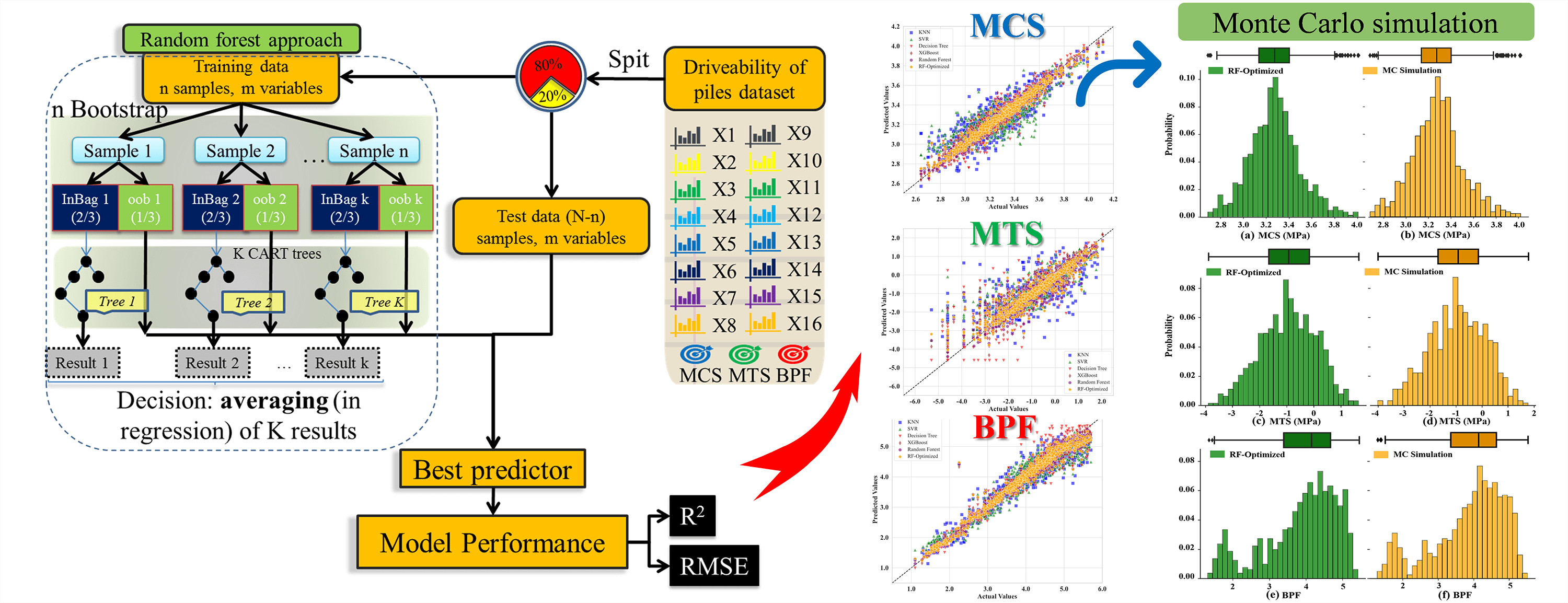 Open Access
Open Access
ARTICLE
Shengdong Cheng1, Juncheng Gao1,*, Hongning Qi2,*
1 State Key Laboratory of Eco-Hydraulics in Northwest Arid Region, Xi’an University of Technology, Xi’an, 710048, China
2 School of Resources and Safety Engineering, Central South University, Changsha, 410083, China
* Corresponding Author: Juncheng Gao. Email: ; Hongning Qi. Email:
(This article belongs to the Special Issue: Computational Intelligent Systems for Solving Complex Engineering Problems: Principles and Applications-II)
Computer Modeling in Engineering & Sciences https://doi.org/10.32604/cmes.2024.052830
Received 16 April 2024; Accepted 11 June 2024; Published online 08 July 2024

View
Download
Like
An Ensemble Based Hand Vein Pattern Authentication System
M. RajalakshmiImproved Adaptive Particle Filter for Integrated Navigation System
Mengchu Tian, Yuming Bo, Zhimin...Hybrid Adaptive Particle Swarm Optimized Particle Filter for Integrated Navigation System
Zhimin Chen, Yuanxin Qu, Tongshuang...A set-based method for structural eigenvalue analysis using Kriging model and PSO algorithm
Zichun Yang, Wencai SunEvolutionary Algorithms Applied to Estimation of Thermal Property by Inverse Problem
V.C. Mariani, V. J. Neckel, L....